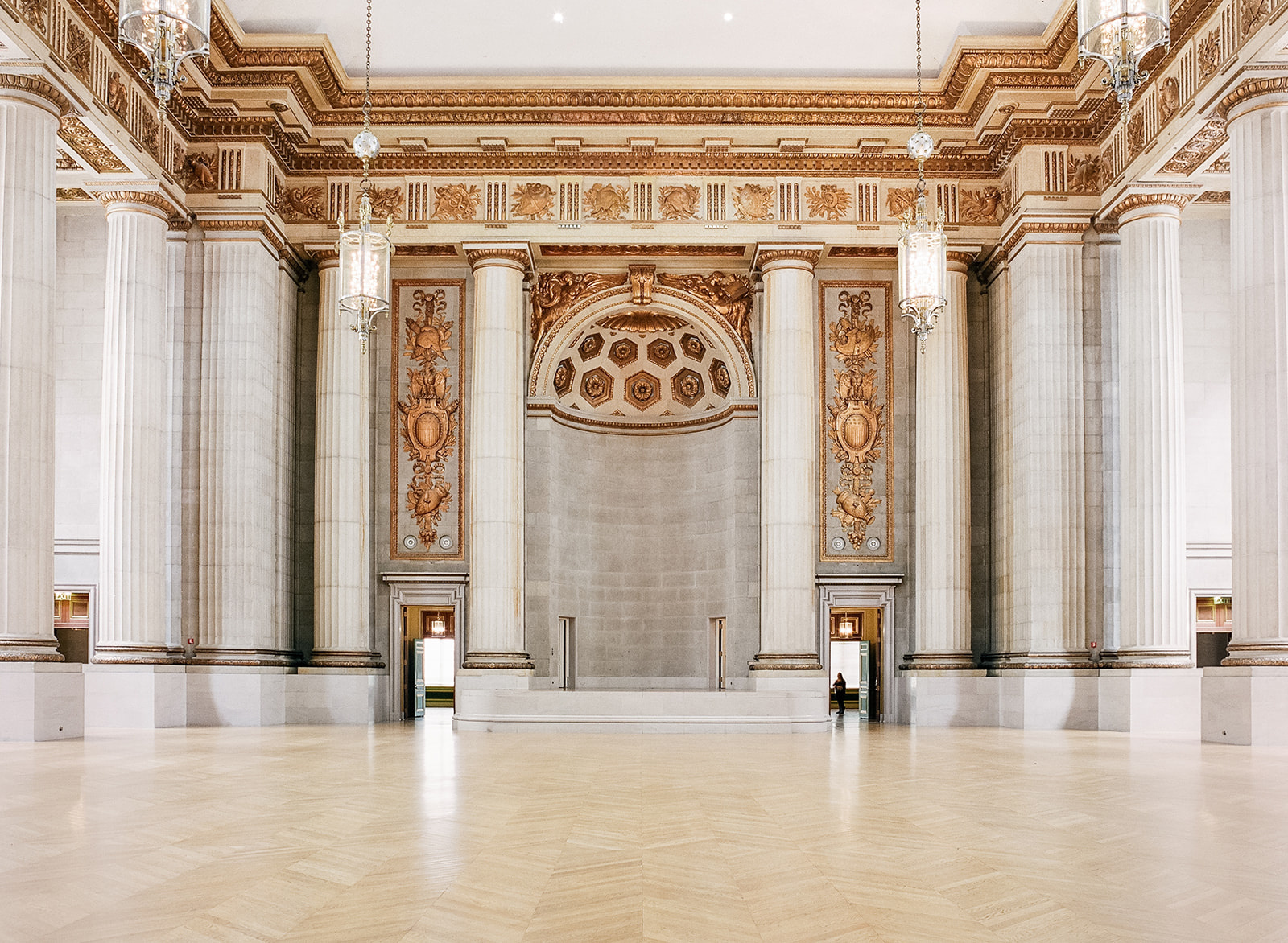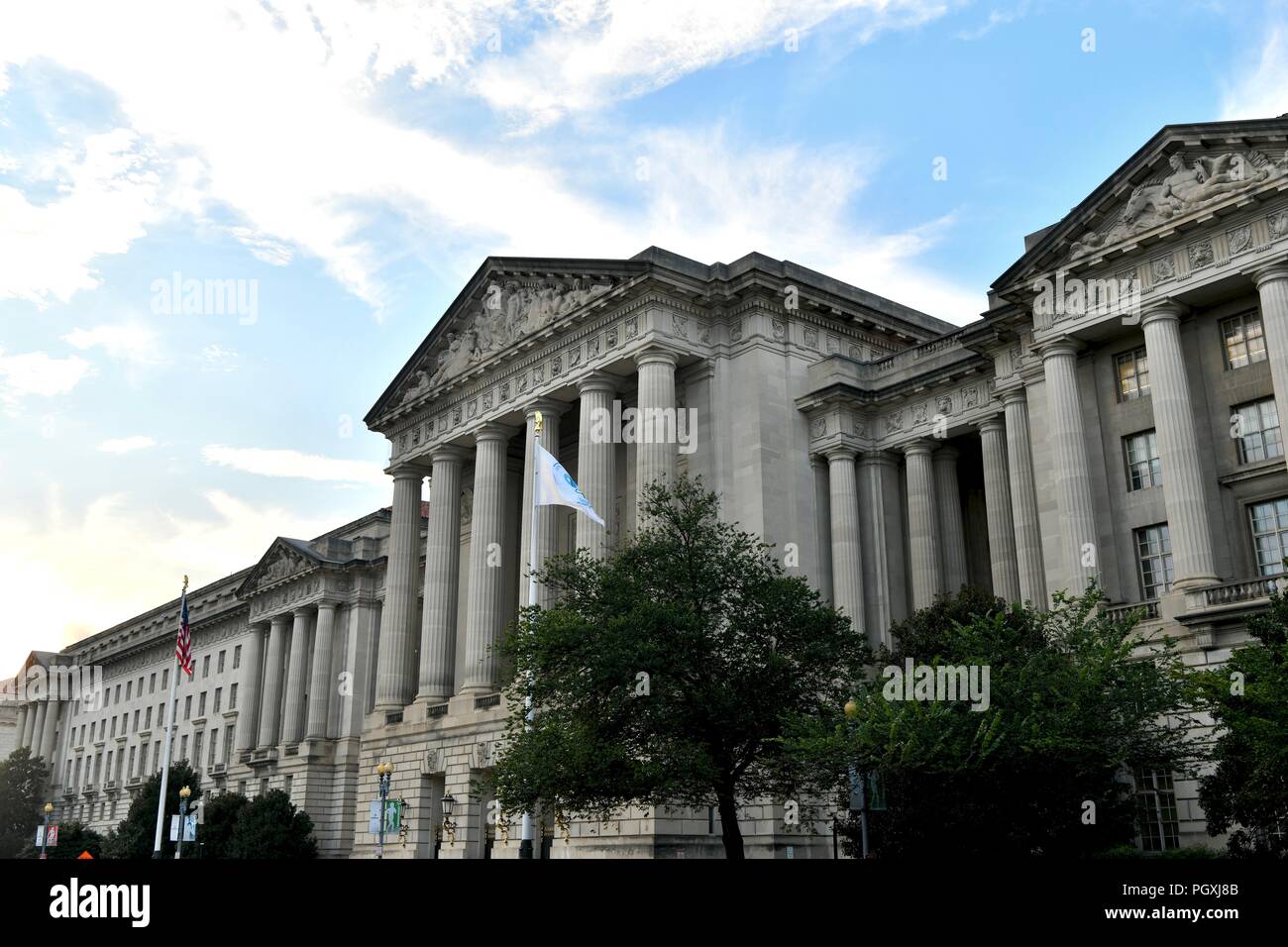Mellon Auditorium’s Architectural Significance

The Mellon Auditorium, a prominent landmark in Washington, D.C., is renowned for its architectural grandeur and historical significance. Its design embodies the Beaux-Arts style, characterized by its classical proportions, opulent ornamentation, and symmetrical facade.
Conceived during the early 20th century, the Mellon Auditorium was commissioned by philanthropist Andrew W. Mellon to serve as a venue for cultural and civic events. Its design was entrusted to renowned architect John Russell Pope, who drew inspiration from the grand opera houses and palaces of Europe.
Architectural Style and Design
The Mellon Auditorium’s Beaux-Arts style is evident in its monumental scale, elaborate ornamentation, and symmetrical composition. The building’s exterior features a grand Ionic colonnade, flanked by two projecting wings. The facade is adorned with intricate carvings, sculptures, and allegorical figures that reflect the building’s purpose as a center for the arts and civic discourse.
Inside, the auditorium boasts a lavishly decorated interior. The main hall is dominated by a soaring coffered ceiling, supported by massive Corinthian columns. The walls are adorned with murals depicting scenes from American history and mythology. The stage is framed by a proscenium arch, adorned with intricate carvings and gilding.
Historical Context
The Mellon Auditorium was constructed during a period of architectural revivalism in the United States. The Beaux-Arts style, popular in Europe during the 19th century, was embraced by American architects seeking to create monumental and aesthetically pleasing buildings.
The Mellon Auditorium was one of the first major buildings in Washington, D.C., to be designed in the Beaux-Arts style. Its construction marked a shift away from the more utilitarian and functional architecture that had dominated the city’s landscape in the late 19th century.
Unique Features and Ornamentation, Mellon auditorium
The Mellon Auditorium is distinguished by its numerous unique features and intricate ornamentation. The building’s exterior is adorned with allegorical sculptures representing the arts, sciences, and industry.
Inside, the auditorium features a grand staircase with a wrought-iron balustrade and marble steps. The walls are decorated with murals by renowned American artists, including Edwin Blashfield and Kenyon Cox.
The Mellon Auditorium’s opulent ornamentation extends to its lighting fixtures, furniture, and even its doorknobs. The building is a testament to the craftsmanship and attention to detail that characterized the Beaux-Arts style.
Mellon Auditorium’s Historical Events

Throughout its history, the Mellon Auditorium has hosted a diverse array of notable events that have shaped American history and culture. From presidential speeches and international conferences to cultural performances and civic gatherings, the auditorium has served as a vibrant platform for dialogue, collaboration, and the exchange of ideas.
Notable Events and Their Significance
The Mellon Auditorium has witnessed some of the most pivotal moments in American history. In 1941, President Franklin D. Roosevelt delivered his famous “Four Freedoms” speech within its walls, outlining the fundamental principles of human rights and dignity that would later form the basis of the United Nations Charter. During the Cold War, the auditorium hosted the Geneva Conference of 1955, a diplomatic summit that attempted to resolve tensions between the United States and the Soviet Union.
Beyond its role in international affairs, the Mellon Auditorium has also been a stage for cultural and civic events. In 1963, Martin Luther King Jr. delivered his iconic “I Have a Dream” speech at the auditorium, galvanizing the nation’s civil rights movement. The auditorium has also hosted performances by renowned artists such as Leonard Bernstein, Yo-Yo Ma, and the New York Philharmonic.
The Auditorium as a Cultural and Civic Landmark
The Mellon Auditorium has become more than just a venue for events; it has evolved into a cultural and civic landmark in its own right. Its distinctive Beaux-Arts architecture and elegant interiors have made it a popular destination for weddings, receptions, and other special occasions. The auditorium’s central location in Washington, D.C., has also made it a convenient and accessible space for conferences, symposia, and public gatherings.
Today, the Mellon Auditorium continues to serve as a vibrant hub for cultural, civic, and historical events. Its legacy as a witness to some of the most important moments in American history ensures its continued relevance and significance in the years to come.
The Mellon Auditorium, with its grand facade and rich history, has played host to countless events. From political rallies to presidential addresses, the auditorium has witnessed many pivotal moments. One such moment was a Biden interview that took place within its hallowed halls.
The interview, which touched upon a wide range of topics, offered a glimpse into the mind of the then-candidate. Today, the Mellon Auditorium stands as a testament to the power of dialogue and the importance of preserving our shared history.
Mellon Auditorium, an architectural marvel, has hosted countless luminaries, including Mark Warner , who graced its stage with his visionary speeches. Warner’s eloquence resonated within the hallowed halls of Mellon Auditorium, leaving an indelible mark on the annals of public discourse.